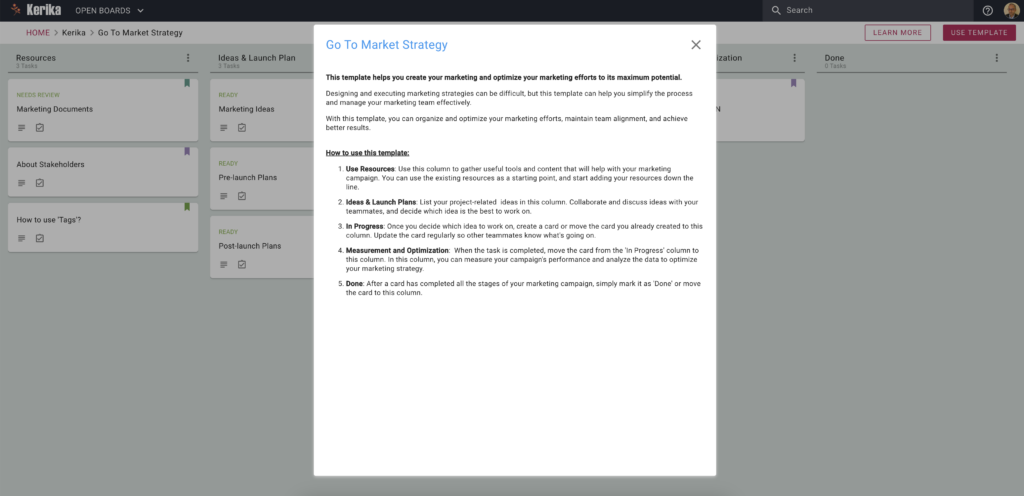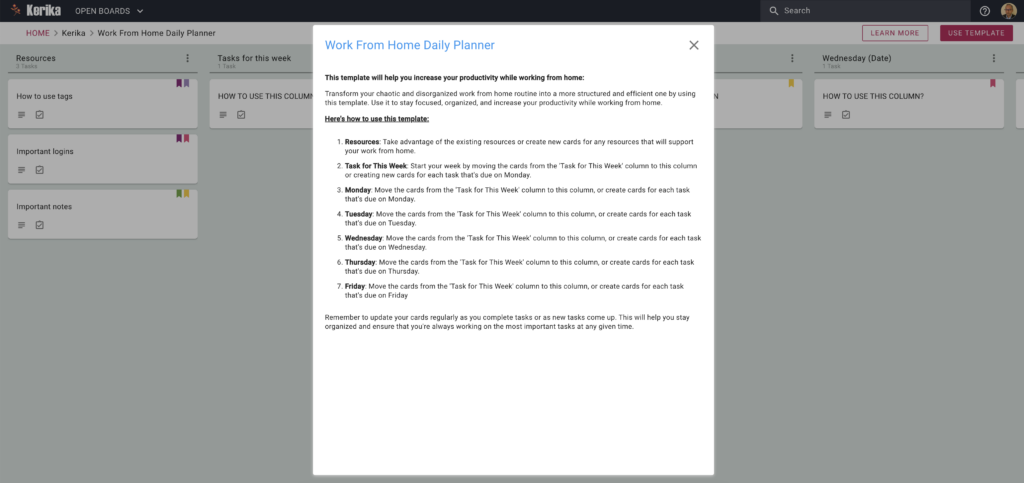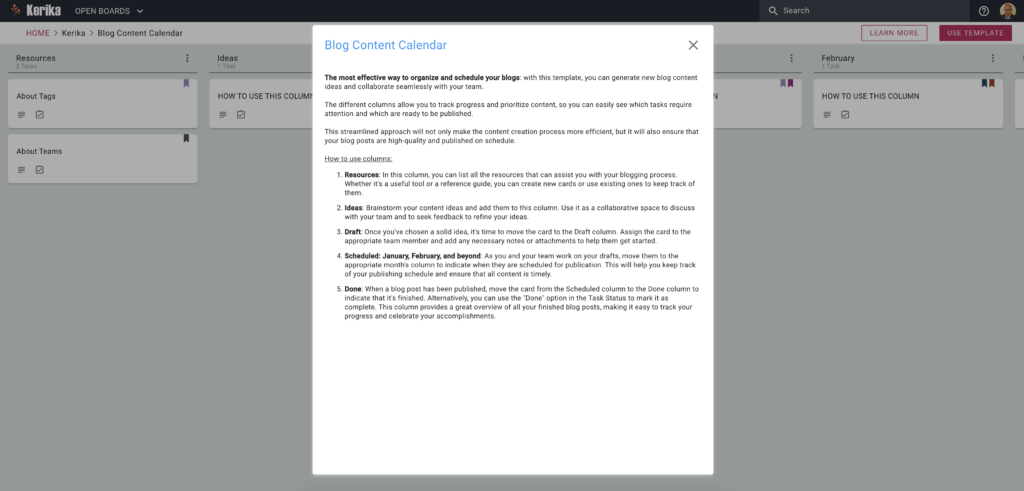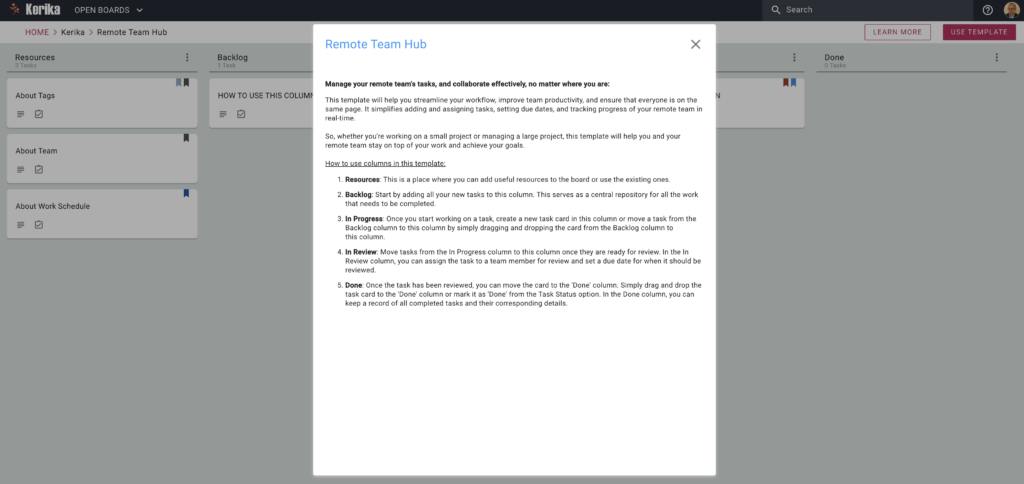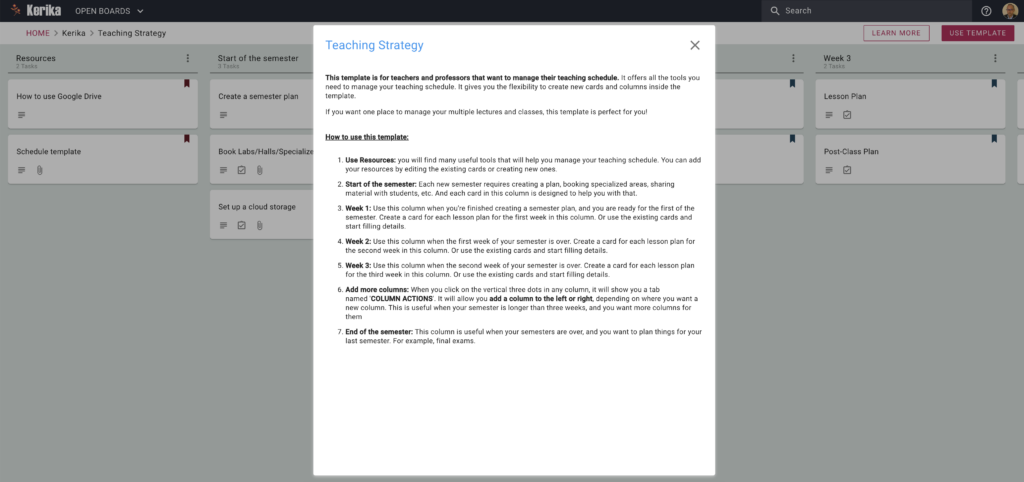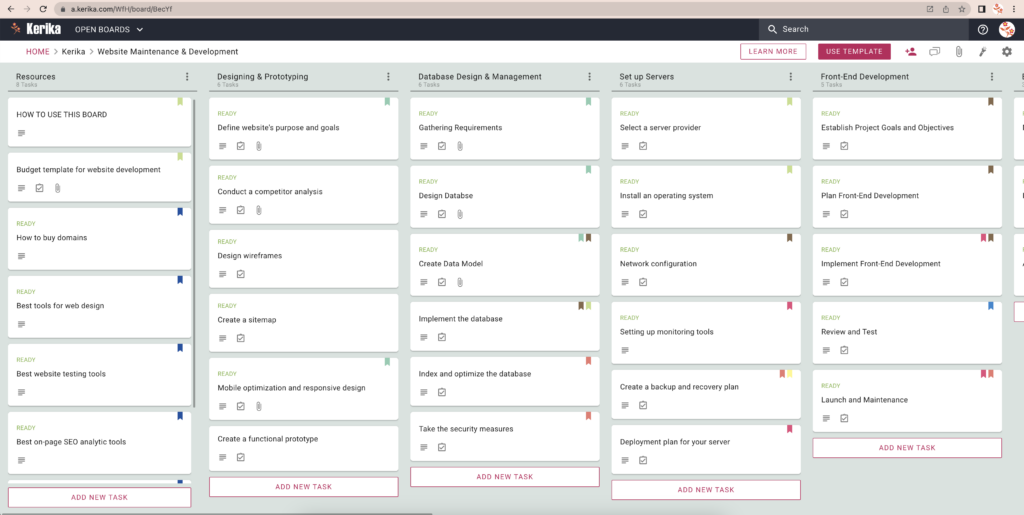
We are thrilled to announce a partnership with Twine, a global expert network that major companies are using to outsource all kinds of work:
- Designers
- Animators
- Musicians
- Filmmakers
- Photographers
- Marketers
- Developers
- Illustrators
Twine has over 500,000 registered members already, and is growing fast — and we are thrilled to be partnering with them to help Twine’s freelancers and clients get more done using our Task Boards.
Twine’s users are exactly the kind of folks that Kerika was designed for: creative people, developers, freelancers and businesses that need to come together quickly to execute on a project. In an environment that’s that fast-moving, having access to a task management tool that’s designed specially for remote and distributed teams, with a design that’s simple enough for anyone to get going with, is essential.
And that’s where Kerika can help Twine’s community.
As part of this partnership we will develop custom templates that can help Twine projects get going faster. And that’s just a starting point: we hope, over the coming months, to deepen this relationship!



